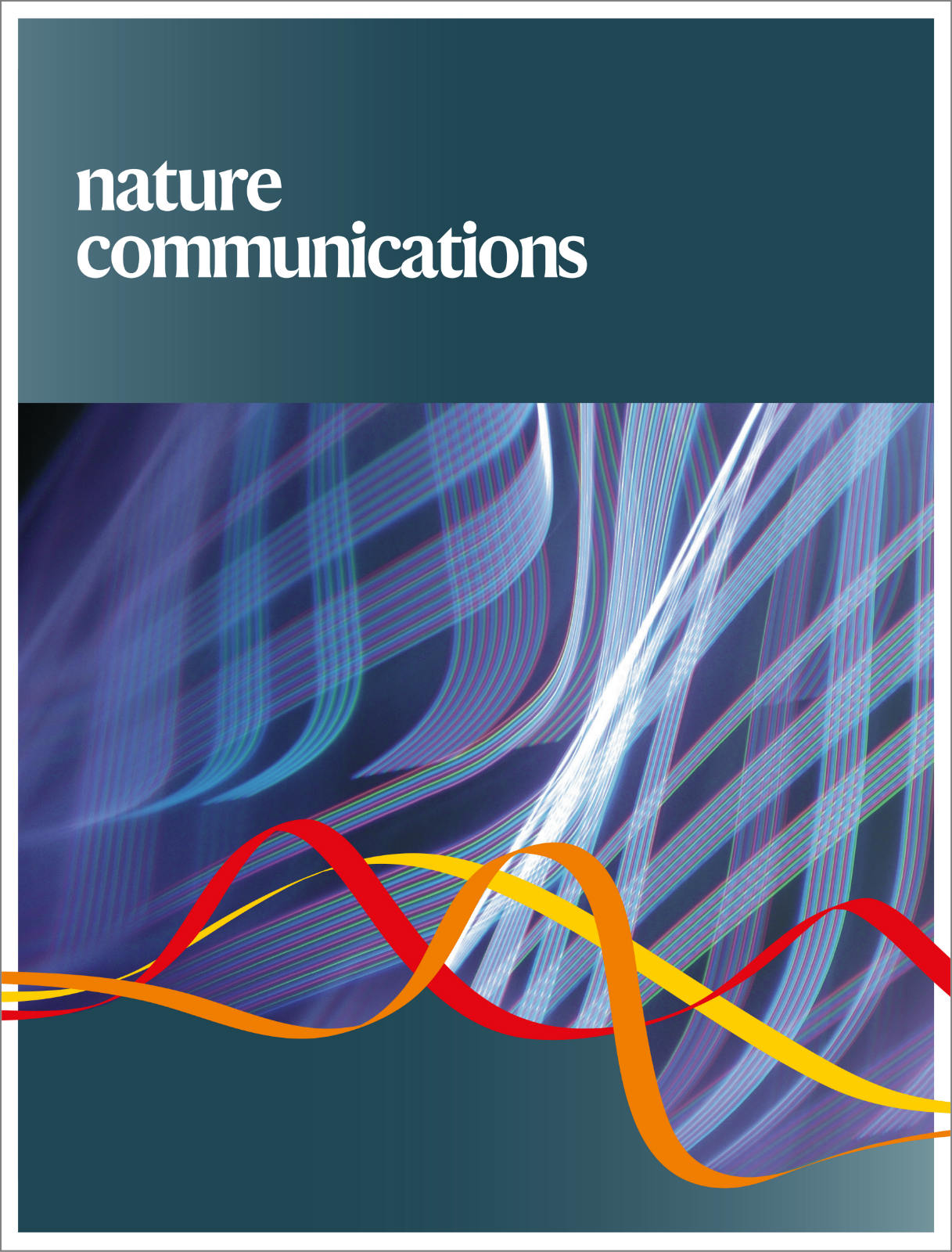Serum metabolic profiling enables diagnosis, prognosis, and monitoring for brainstem gliomas
Abstract
Brainstem gliomas (BSG) is a highly malignant central nervous system childhood tumors with 5-year survival rate <10%. Metabolism during radiotherapy is a dynamic and precisely programmed process, improving clinical outcomes and guiding therapy decisions of BSG. Here we construct diagnostic and prognostic assays of BSG via circulating metabolites based on both cross-sectional study and longitudinal cohort study with 106 BSG patients. We employ nanoparticle enhanced laser desorption/ionization mass spectrometry to characterize static and dynamic snapshots of metabolites during BSG radiotherapy. We show that this serological tool reaches the area under the curve of 0.933 for BSG diagnosis in an independent blind test and predicts risk of patients with significant differences (p < 0.05) in prognostic outcomes. We further identify eight distinct temporal patterns of metabolite regulation associated with radiotherapy responses and tracked the metabolic trajectory via dynamic metabolic snapshots throughout radiotherapy process. If further validated, this framework could be extended to derive comprehensive metabolic pictures for cancers including but not limited to BSG.


 求助内容:
求助内容: 应助结果提醒方式:
应助结果提醒方式:


